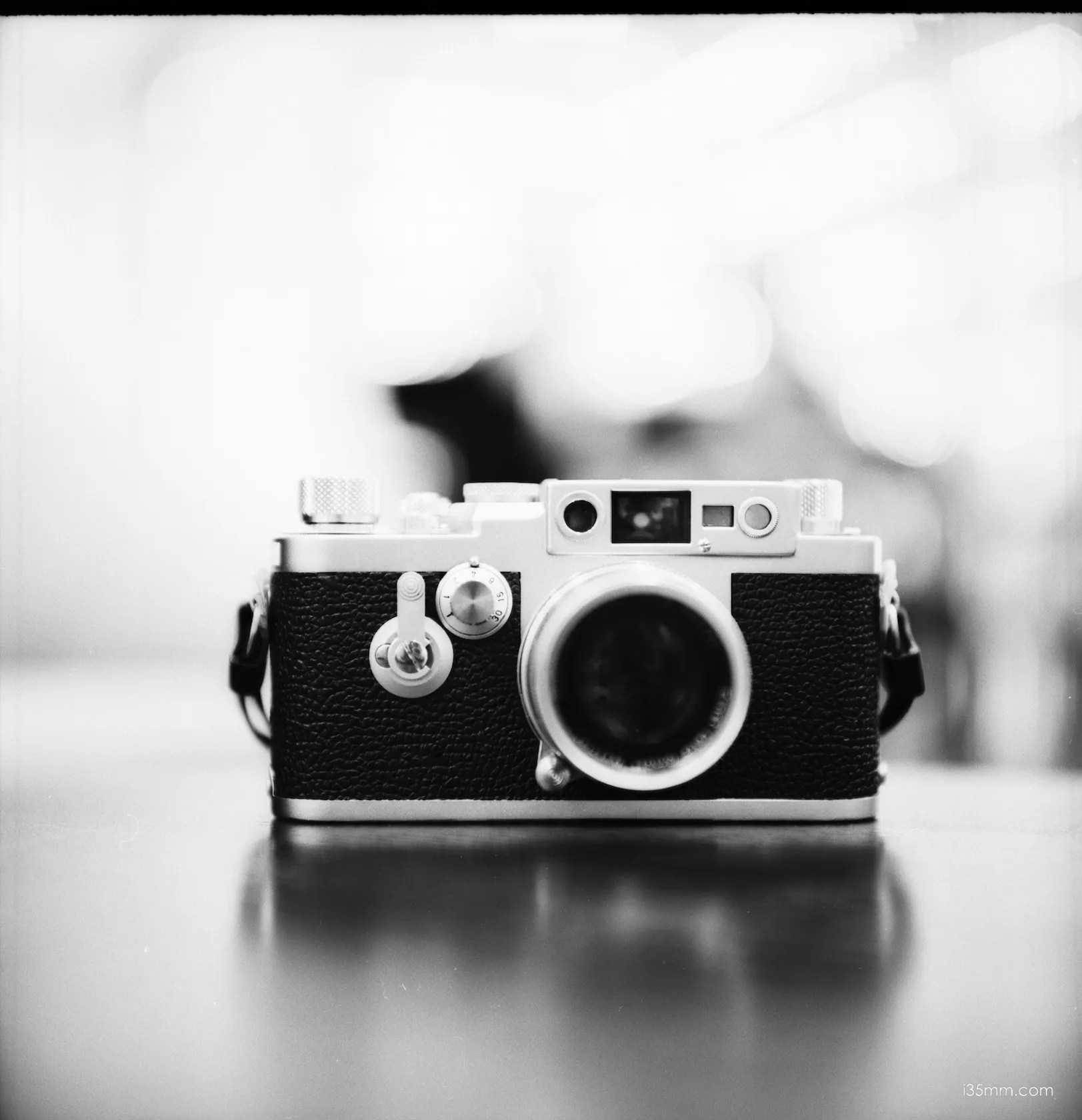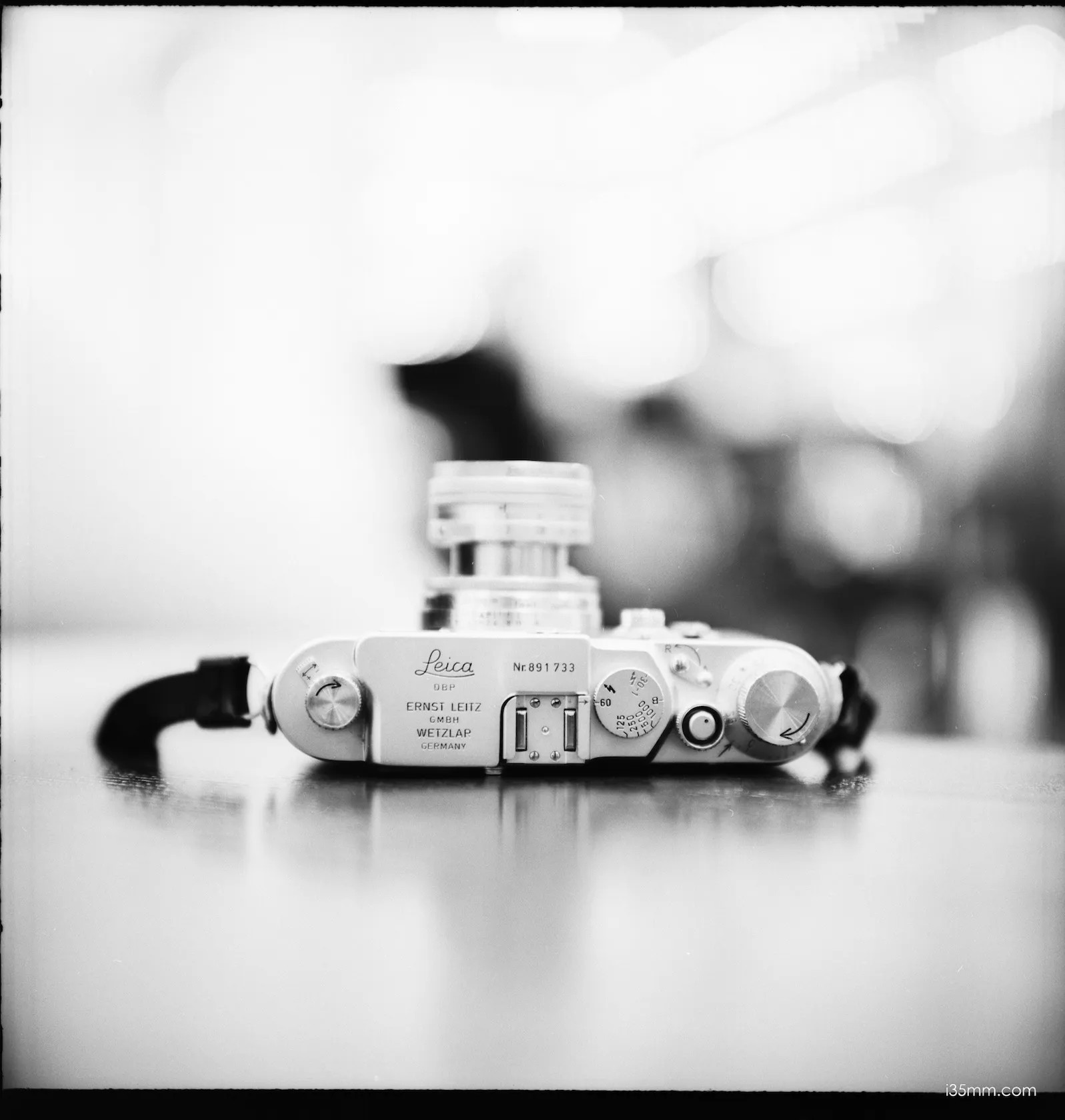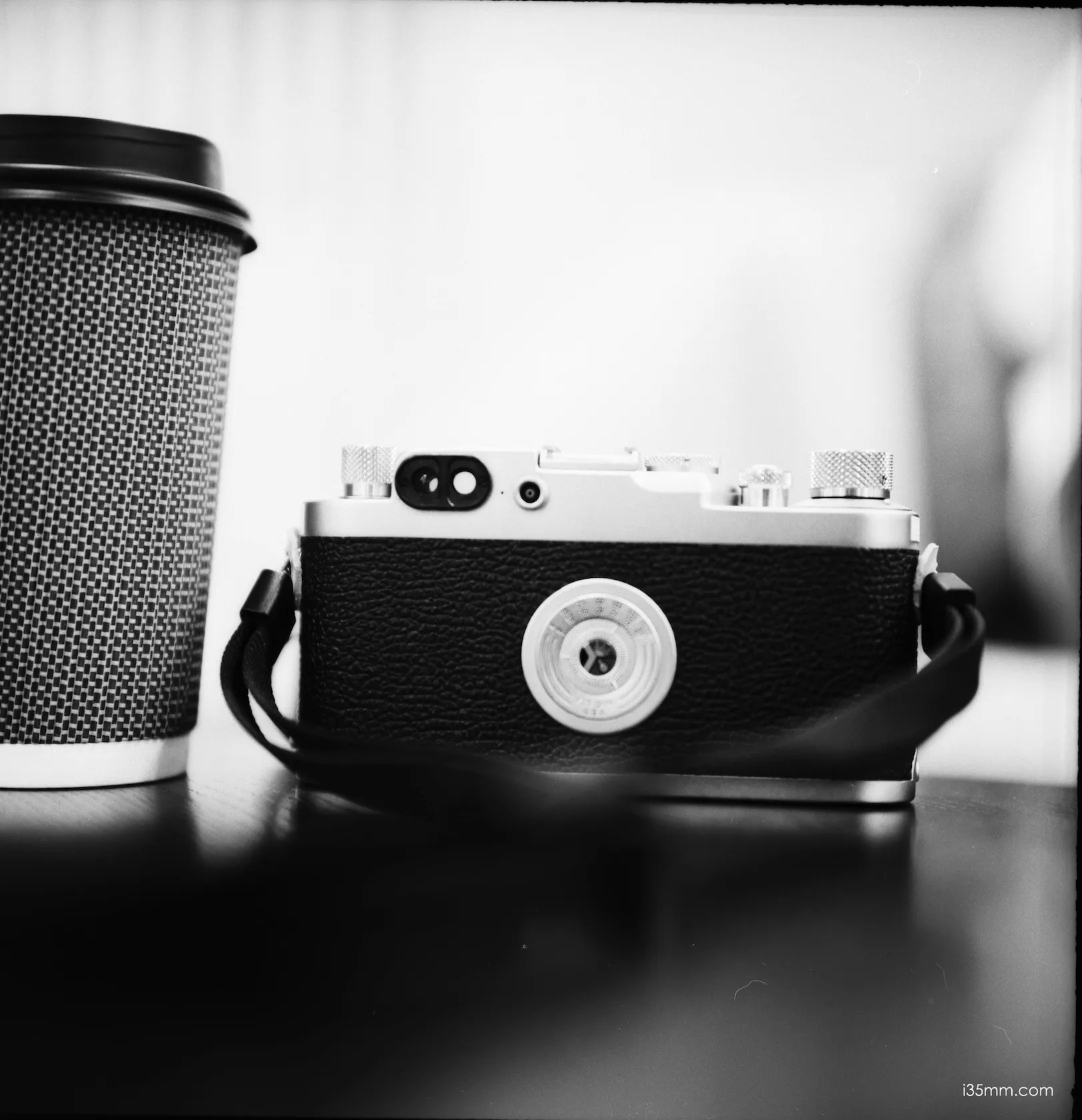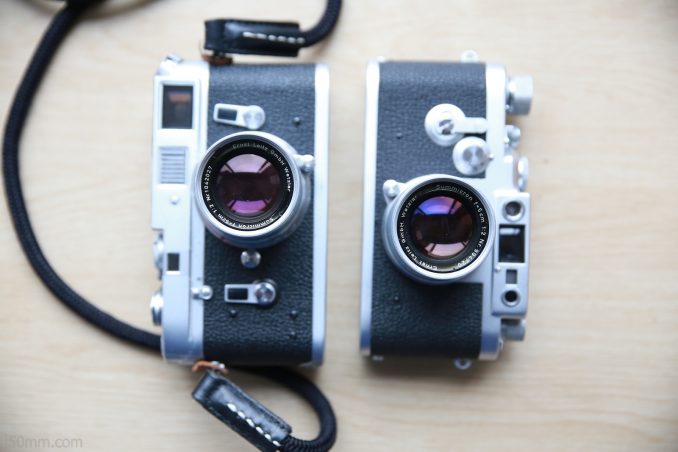
I am in love with the black-painted version of this Leica MP, which is not just a photographic tool, but a work of art that transcends time and space. This deep black, as if it were the embodiment of night, is both mysterious and solemn. It is not just a choice of color, but an insistence and commitment to timeless quality. Underneath the black lacquer lies Leica’s relentless pursuit and respect for the art of photography, and every soft click of the shutter is a firm response to that commitment.
The rarity of Leica Black Lacquer lies in the fact that it is not available at will, but is limited to those special models with exclusive configurations. This limited availability and exclusivity makes every Leica MP Black Finish version a dream object in the minds of photography enthusiasts. Over time, the black finish will gradually fade, revealing the warm and textured brass color underneath. This naturally occurring “trace of age” not only doesn’t detract from the beauty of the camera, but adds a bit of unique flavor and a sense of storytelling, as if every scratch and mottle is a whisper of time telling the story of the experiences it has shared with its owner. It is as if each scratch and stain is a whisper of time, telling of the experiences it has shared with its owner.
The Leica MP, a classic that was first introduced in 1956, was originally designed as a professional camera for small-scale news reporting, but over time it gradually became a legend in the field of photographic art. Today’s new Leica MP continues this tradition, stable and reliable, without the need for batteries, its batteries are used only for metering; it also inherits the M6’s metering system, which gives the photographer precise exposure instructions so that every shot captures the most perfect moments of light and shadow.
The Leica MP is a firm favorite among professionals for so many reasons! Its excellent technical performance is just the start. It truly understands the way photography works. Photography is about more than just showing off technology. It’s also about expressing emotions and thoughts. So, the Leica MP was designed with you in mind. We know how important it is for photographers to have a camera that reflects their personal style and emotional commitment to their craft. It’s not just a camera, it’s a faithful friend that will be there to cheer you on as you grow and create!
In this digital age, Leica has remained true to its love and dedication to film cameras. It has continued to launch classics like the MP, providing more choices and possibilities for professionals who love film photography and pursue a pure photographic experience. This is so much more than just a tribute to tradition. It’s also a sign of confidence and a peek into what the future of photography might hold. The Leica MP in black is the perfect embodiment of this unwavering belief and anticipation.
We know you’ve taken countless photos with this Leica MP, and we’d love to hear your honest opinion! This camera is so reliable! It’s super stable, and the smoother it feels the more you use it. It’s become a great companion on your photographic journey.
Every time you press the shutter, you can feel the precision and reliability of the classic Leica MP design. It’s as if the mechanical structure has been brought to life by time! The more you use it, the more it seems to know what you want it to do. It’s smooth and natural to use. This is the unique charm of a Leica camera! You’ll find it hard to let go once you start using it.










































































































